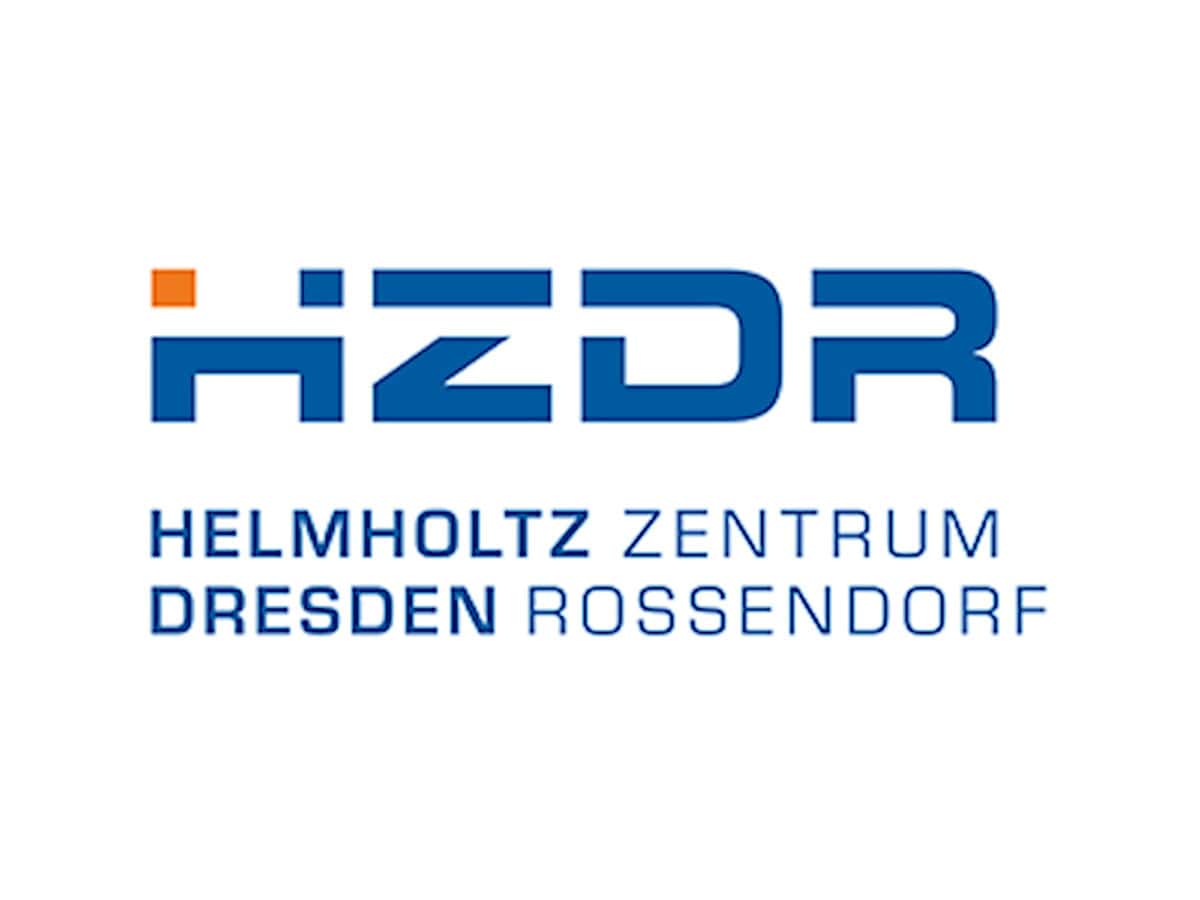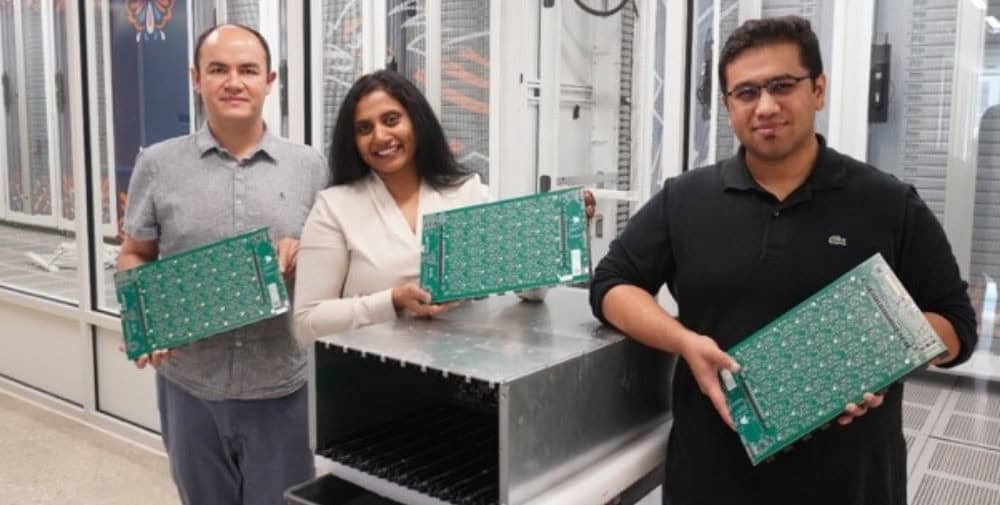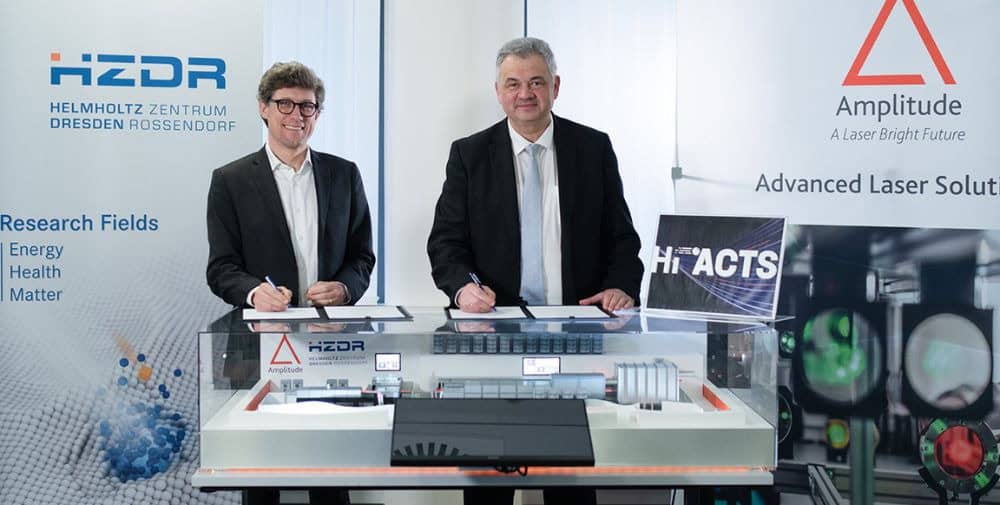
The quantum material ZrTe5 belongs to the class of so-called topological semimetals. In physics, the term “topological” describes special materials that have extremely robust (“topologically protected”) conduction properties due to their unique electronic structure. In such materials, quantum effects can lead to unconventional and often bizarre phenomena that could play a decisive role in the further development of future quantum technologies. Considerable efforts are currently being made in both research and industry to develop quantum computers, with topological materials proving to be a promising route to their realization. Such as ZrTe5: It combines a rare combination of non-trivial electronic properties that make it potentially relevant for high-precision electronic applications and magnetic field sensors.
“When a normal metal such as silver or copper is placed in strong magnetic fields at temperatures close to absolute zero, i.e. at -273.15 °C, its heat conduction is expected to oscillate – an impressive example of the quantum mechanical dynamics of electrons in metals. This effect arises due to the existence of the so-called Fermi surface, a boundary between occupied and unoccupied energy states of electrons in a metal,” explains Dr. Stanisław Gałeski, currently assistant professor at Radboud University and guest scientist at the High Magnetic Field Laboratory Dresden (HLD) of the HZDR. “On the other hand, only very few electrons are available for heat transport in semimetals, so it is generally accepted that heat conduction is dominated by phonons. Phonons are quantized oscillations of the crystal lattice. Quantum oscillations should therefore not be detectable in heat transport,” says Gałeski, summarizing the more traditional expectations. However, several recent experiments have found very large quantum oscillations in the heat conduction of semimetals, which call into question the underlying mechanism of heat transport.
Unexpected mechanism, surprising behavior
The present study shows that this phenomenon is due to an unexpected mechanism for heat transport under strong magnetic fields in semimetals. “It turns out that heat transport is actually dominated by lattice vibrations. However, due to the presence of strong magnetic fields, the electron energies are confined in discrete energy levels. This process significantly enhances the interaction between the electrons and the phonons. As a result, the phonons take on some properties of the electrons and in turn exhibit quantum oscillations in thermal conduction,” Dr. Toni Helm from HLD outlines the process under investigation.
“We have confirmed the existence of this unconventional phenomenon by studying the thermal conductivity and ultrasonic attenuation in semi-metallic ZrTe5 in strong magnetic fields and at temperatures of only a fraction of a degree above absolute zero. In our experiment, we detected distinct thermal quantum oscillations with a frequency characteristic of the electronic subsystem. However, the temperature dependence of their amplitude clearly follows the characteristic behavior of the phonons – a clear proof of the proposed mechanism,” says Gałeski.
Remarkably, this principle is not limited to ZrTe5, but applies to all semimetals with low charge carrier density – regardless of whether they are topological or not. Well-known examples are graphene and bismuth. The study suggests that the thermal conductivity of lattice vibrations can serve as a sensitive sensor for investigating subtle quantum effects that would otherwise be almost impossible to detect.
Publication
B. Bermond, R. Wawrzynczak, S. Zherlitsyn, T. Kotte, T. Helm, D. Gorbunov, G. Gu, Q. Li, F. Janasz, T. Meng, F. Menges, C. Felser, J. Wosnitza, A. Grushin, D. Carpentier, J. Gooth, S. Galeski: Giant quantum oscillations in thermal transport in low-density metals via electron absorption of phonons, in PNAS, 2025 (DOI: 10.1073/pnas.2408546122)
Contact
Dr. Stanisław Gałeski
HFML-FELIX, Radboud University, Nijmegen, Netherlands
E-mail: sgaleski@science.ru.nl
Dr. Toni Helm
High Field Magnetic Laboratory Dresden at the HZDR
Tel: +49 351 260 3314 | E-Mail: t.helm@hzdr.de
– – – – – –
Further links
👉 www.hzdr.de
Graphic: B. Schröder/HZDR




